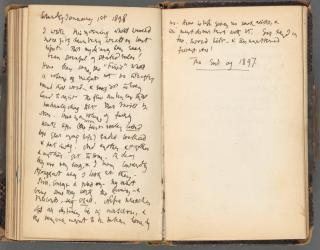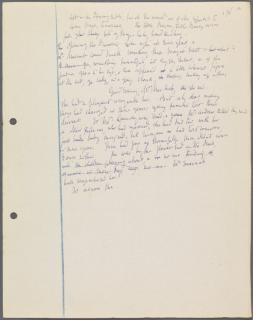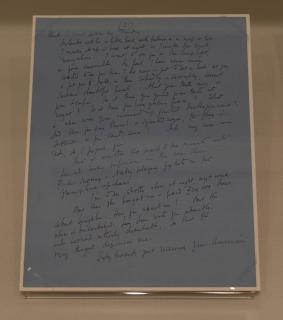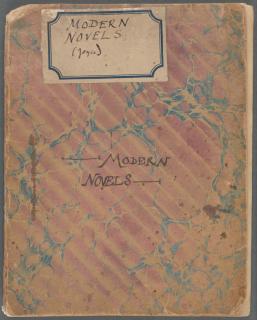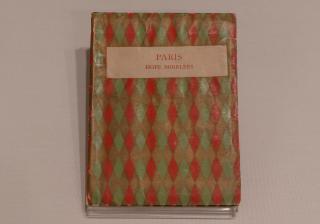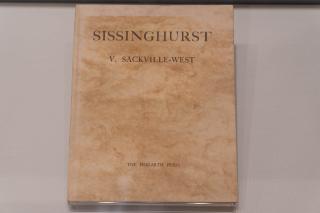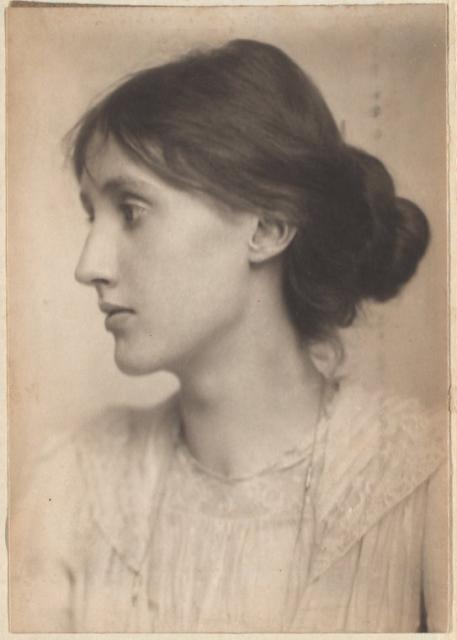
Virginia Woolf, 1902. Henry W. and Albert A. Berg Collection of English and American Literature.
Virginia Woolf: A Modern Mind
Virginia Woolf (1882–1941) spent her creative life pushing the boundaries of literature. Her techniques were new, experimental, modern. One of the most important figures of English literary modernism, Woolf rejected the conventional forms of her Victorian predecessors to experiment with shifting perspectives and, eventually, to work entirely within the consciousness of her characters. She set out to crystallize reality, to capture moments of being, to expose the innermost thoughts of her characters in the barest way.
Best known for her novels Mrs. Dalloway (1925) and To the Lighthouse (1927), as well as for A Room of One’s Own (1929) and other writings critical of patriarchy, she engaged with questions of gender, class, consciousness, and privilege, albeit from a perspective of great privilege herself.
Ideas often came to her in a rush. She could write fluidly and swiftly, revising as she went, but she also struggled to finish books and faced periods of doubt, anxiety, and—as she described it—apprehension. She suffered from mental and physical illness throughout her life, and died by suicide at the age of 59.
Virginia Woolf: A Modern Mind provides an intimate view of the author’s life and creative process through her personal notebooks and diaries, family photographs, and unpublished letters. The exhibition is drawn entirely from the holdings of The New York Public Library, which houses one of the most important collections of her writings in the world.
All audio is featured in the exhibition Virginia Woolf: A Modern Mind.
Audio Guide Items
-
46
Sissinghurst
Sponsors
Support for The New York Public Library’s Exhibitions Program has been provided by Celeste Bartos, Sue and Edgar Wachenheim III, Mahnaz Ispahani Bartos and Adam Bartos Exhibitions Fund, and Jonathan Altman.
Additional support is provided by the Judge and Mrs. Samuel D. Levy Memorial Publication Fund.

